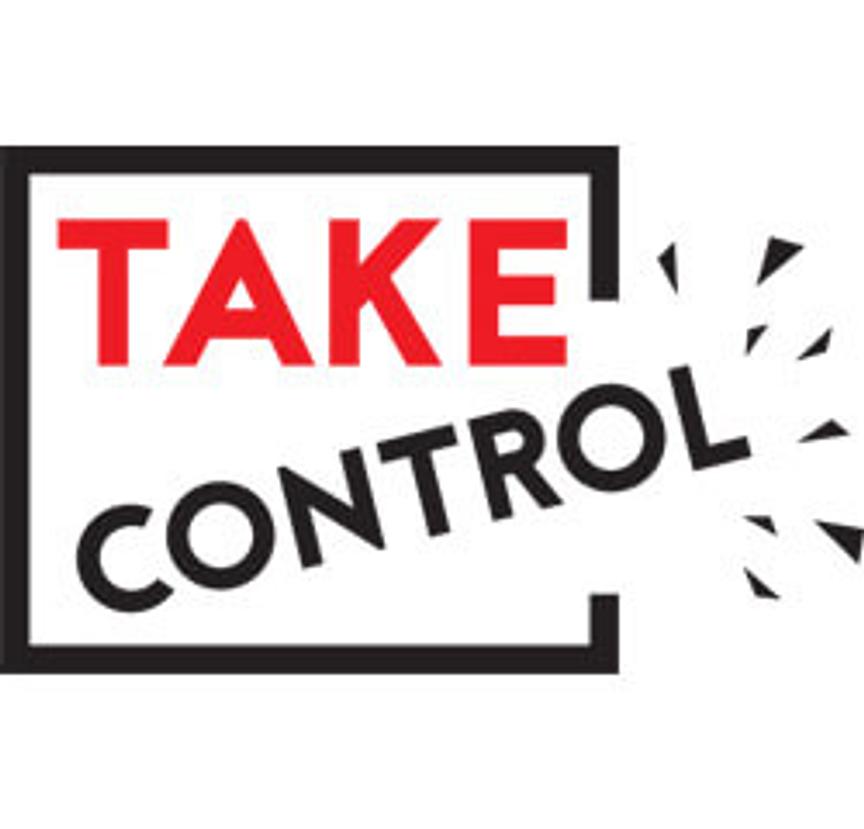Many final year studentsaround the world leave school believing that their education was “done to them” and as a consequence was of little relevance and value.
Within this context Templestowe College's (TC) student population had fallen from 1000 to fewer than 300 students. With only 23 Year 7 students, this Australian public school was under a real threat of closure only a decade ago. They needed to find a way to engage students and staff in their education system once more.
Now named one of the top 100 most innovative schools in Australia, Templestowe College has revolutionised itself by putting students (and staff) in charge of their own learning.
The school’s '“Yes” is the default' policy means that any request or suggestion from a student, parent or staff member has to be answered “Yes” unless it will take too much time, too much money, or has a negative impact on someone else. This has given enormous scope for all members of the community to Take Control of their on learning, and indeed anything that affects them at school.
TC has now grown to over 1000 students each with their own ILP, individualised Learning Plan. When students start at TC students choose one third of their own learning program, but once they reach functional levels of literacy and numeracy then they can manage 100% of their own learning curriculum.
As the school has no year levels, students interact and collaborate within mixed age classes. A student's journey through school may take between 4 to 8 years.
They have the freedom to explore their own passions and interests in depth and this personal agency leads to exceptional levels of engagement and achievement. Based on student consultation, TC offers over 150 electives each year for students to choose from.
TC has used the '“Yes is the default' test as a means of approving or rejecting student, staff and parent requests or suggestions for the past eight years. By having set codified language that is well publicised it gives all members of the community a way to talk about and evaluate proposals and has helped to create a sense of fairness, confidence and impartiality in how the school makes decisions.



